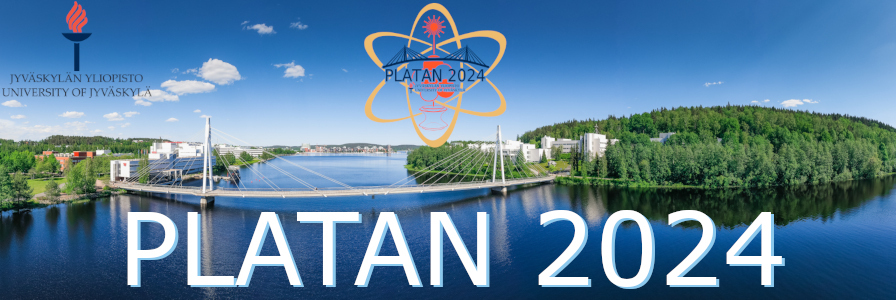Speaker
Description
During the Chernobyl reactor accident on April 26, 1986, radioactivity was in part released in the form of nuclear fuel particles. These so-called “hot particles” have various structures that belong to specific oxidation states of uranium. These oxidation states behave differently in the environment. We obtain individual particles by density separation with a poly tungsten solution. Via radiometric scanning with a Geiger counter we locate the particles. The extraction is performed on tungsten needles with a micromanipulator in a scanning electron microscope (SEM).
The particle surface was analyzed by different nondestructive methods such as SIMS, rL-SNMS and EDX. Gamma measurements and optical analyses in SEM were also performed. The particles are then heated to over 1000°C using a laser beam. This releases the noble gases Kr and Xe from the particles, which can be analyzed using a static mass spectrometer. The age and the neutron flux that the particle has experienced in the reactor can be determined individually for each particle.
Part of this work was performed under the auspices of the U.S. Department of Energy by Lawrence Livermore National Laboratory under Contract DE-AC52-07NA27344. LLNL-PRES-860948

